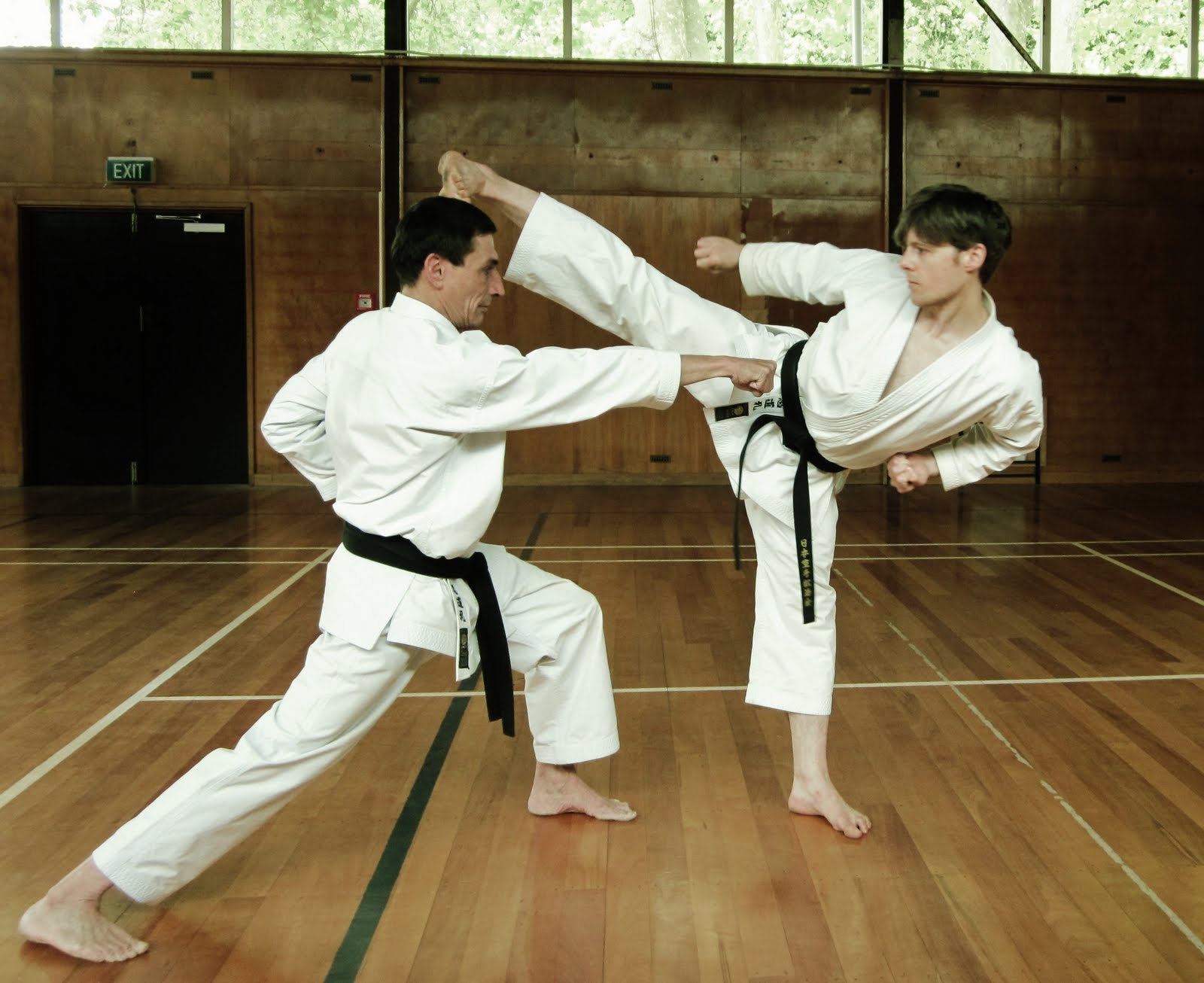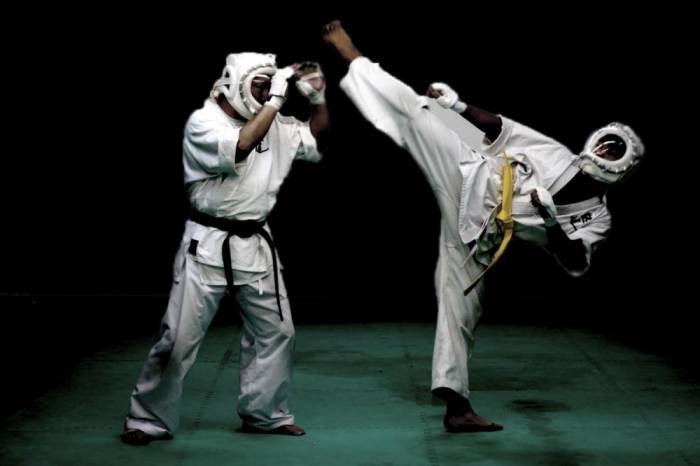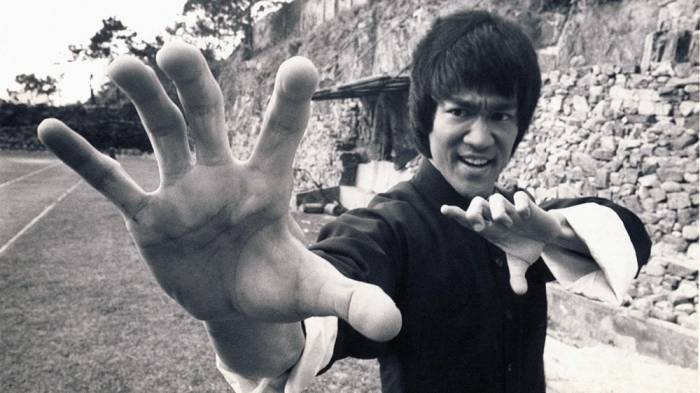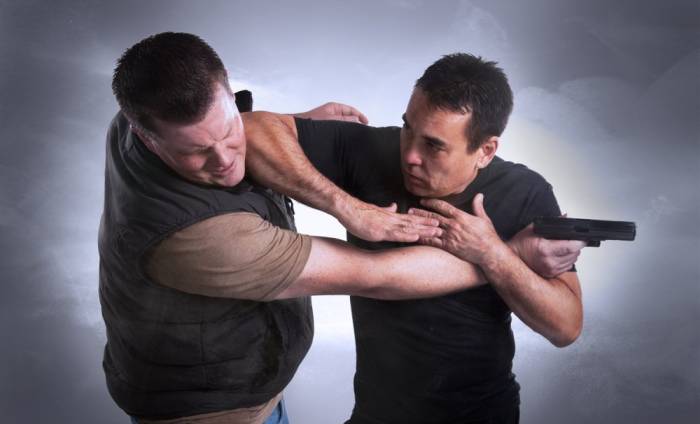
30 Jun Hybrid Martial Arts: The Art of Real Fighting
There is an ongoing debate between martial arts fans and practitioners about which one is the better and more effective style of fighting. As Bruce Lee would say, all of us have two arms and two legs, so it is hard to determine which style of fighting is the ultimate one – when a fight is taking place, it is between two men, or women, not between styles. With the popularization of MMA, many fighting fans were convinced that traditional martial arts such as karate, aikido and wing chun are useless, and that there is no point in learning them. The main problem is that over time, traditional martial arts became just a product meant to be sold. The reason for me saying this is the whole ideology around traditional martial arts preached by so called masters. They always insist on tradition, there is no room for improvisation and new things – they act as their fighting style is the perfect one. I sincerely doubt that a person who invented karate or aikido insisted on followers being absolutely true to the original. Of course they didn’t, and that is why there are so many different styles of karate out there, but each and every one of them has its own set of strict rules. This is mostly because it is easier to sell it that way – the master almighty knows everything, he is the one you should listen! One thing they tend to forget is that the first and the main reason for learning martial arts is self defense. Of course, some people engage in martial arts training because of health and fitness benefits, and that is not at all wrong, because fight training is great for developing agility, reflexes, strength and endurance because of the diversity of exercises being done – such as stretching, punching bags, sparring, etc. However, when it comes to real life situations, some fighting styles proved to be more efficient than the others, and that is mostly because of the way they are being taught – fighting being their primary goal. Let’s go through some of the martial arts which are mostly meant to be used in real life situations.
Ashihara Karate

This particular style was developed by Hideyuki Ashihara, a kyokushinkai karate instructor in 1980. It incorporates punches, elbows, kicks, knees, sweeps and throws. Even though the competition rules closely resemble those of kyokushinkai, except for the sweeps, the whole art and the way it is being taught is all about street fighting. Forms or “Kata” in this particular karate style are more realistic than any other and are mostly inspired by real street fighting – all of them presenting the same goal – put your opponent on the ground as fast as you can and stomp on his head. Ashihara karate is now officially a recognized sport and it has a wide community all over the world.
Daido Juku Kudo

Kudo is a hybrid martial art. It was created by Azuma Takashi, who was also a Kyokushinkai karate black belt. The rules of Kyokushinkai were very strict – no punching in the face, just kicks, no takedowns, no grappling. Azuma was aware that although kyokushinkai training could get your body as hard as a rock, it doesn’t resemble a real fight as much as it should. So he began to create his own fighting style which incorporated punches, kicks, knees, elbows, judo throws and grappling. It got the name Kudo because it was meant to be a hybrid of Karate and Judo, but later, as the art developed, it included Muay Thai and Brazilian Jiu Jitsu. Many western fighting fans tend to call it Japanese MMA, which is not far from its essence. The difference between Kudo and MMA is mostly in training gear and competition rules. As you are probably aware, MMA fighters wear only shorts, while Kudo fighters are dressed in kimonos and have protective helmets on their heads – wearing kimonos helps in making the fight seem more realistic because in a real life situation, your opponent is most likely to have some clothes on. While MMA fighters can take the fight to the ground and remain there throughout the whole round, Kudo fighters are only allowed to be on the ground for 30 seconds at a time, two times during a round. This is mostly so the fight doesn’t get boring for the viewers, because most of the people prefer watching stand up fighting. Besides competitions, training is more than similar to MMA training, and many of the fighters compete in both. This sport gained its popularity across the globe, but is the most popular in Russia, where the last world cup was held.
Jeet Kune Do

This martial arts system was developed by Bruce Lee. After taking part in a fight, which he won but wasn’t content since it lasted for more than two minutes, Bruce Lee noticed that traditional martial arts didn’t prepare him for this type of combat, so he decided to make his own style. Jeet Kune Do is all about getting to know oneself, not sticking to any kind of patterns or molds; it encourages improvisation and free thinking. It is mostly a hybrid of western boxing, tae kwon do, wing chun and believe it or not, fencing, especially when it comes to foot work. The goal of Jeet Kune Do is to overpower the opponent as quickly as possible, using just a few basic punches and kicks. Bruce Lee always liked to point out that he is not afraid of a man who trained 1000 different kicks, but a man who trained one kick a thousand times. This martial art never became a sport because it encouraged kicks to the groins and knees, punches to the throat, the back of the head and the eyes. Nowadays, training this martial art is not that easy because there are many schools that missed out on the whole point of this art and are trying to teach the students using some strict rules and patterns, citing Bruce Lee’s words like they were from some kind of Bible, which is just the opposite of what was the original intention of the creator. Nevertheless, there are many different successful Mixed Martial Artists using this style, such as UFC’s Light Heavyweight champion, Jon Bones Jones.
Krav Maga

This is maybe the most brutal martial art there is. It was created by Imi Litchenfeld, a Hungarian-Israeli athlete, who used to compete in boxing, wrestling and gymnastics. In the 1930s in Bratislava, where Litchenfeld lived at the time, there was a rise of an anti-Semitic movement, and the anti-Semitic riots were a serious threat to the Jewish population. Being a boxing and wrestling champion at the time, Litchenfild became a leader of the group protecting the Jewish quarter from the fascists. He quickly came to realize that although boxing and wrestling are very good sports, they are not the same as street fighting. That is when the idea of creating a new, hybrid martial art that focuses on real life dangerous situations emerged. Later, when he left Bratislava and moved to Palestine, Litchenfeld became a member of paramilitary organization called Haganah, whose main goal was to protect the Jewish refugees from the locals. He started to transfer his knowledge of street fighting and fitness training to other members of this organization. When the state of Israel was found in 1948, he became Chief Instructor for Physical Fitness and Krav Maga at the Israeli Defense Forces School of Combat Fitness. He served there for 20 years and during that time, he tried to make a self defense system based upon the dynamic principles of the human body.
Krav Maga techniques are not anything new and original; they come from various martial arts, such as boxing, wrestling, Muay Thai, savate, jiu jitsu, etc. but what makes it unique are the principles of how to use the techniques and the realistic fight training which is seen nowhere else. Krav Maga focuses on avoiding any kind of conflict, but if that is not possible, it teaches its students to try and finish the fight as quickly as possible. It is based around quick and effective counter strikes and targeting the most sensitive areas of the human body, such as knees, groins, solar plexus, throat, chin, nose and the eyes. The practitioner must be aware of his surroundings all the time so he could escape after he hurts his opponents as much as he can. The students are expected to learn the basics of psychology in order for them to understand the true nature of confrontation and to know what may be the possible outcome of a dangerous situation. Pretty hardcore, don’t you think?
Martial art training has its many benefits, both physical and psychological. It is known that real martial artists tend to avoid conflict situations most of the time and are humble and positive people, and this is mainly because this type of training gives you the confidence and patience not to react impulsively, because you are sure that your reaction, if it is in any way necessary, won’t come late. If you have some sort of self esteem and confidence issues, engaging in martial art training will definitely help you get rid of those, because it is in human nature to feel more confident and secure if you are capable of defending yourself – this is something that hasn’t change since prehistoric times, whether we want to believe it or not.

